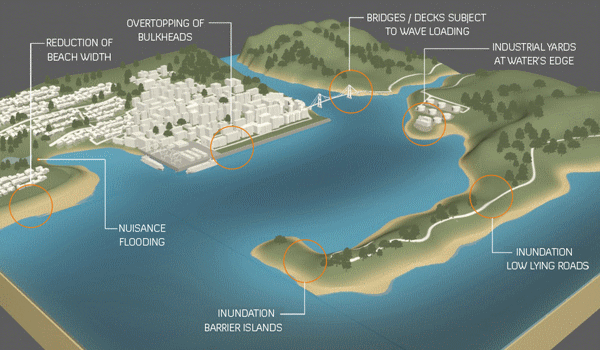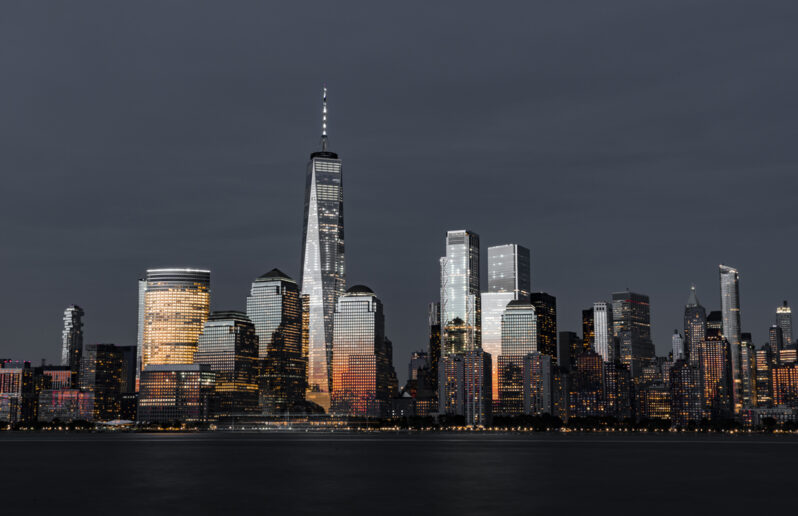Opinion | Interactive: The Plan to Save New York From the Next Sandy Will Ruin the Waterfront. It Doesn’t Have To – the New York Times

Last September, the U.S. Army Corps of Engineers unveiled its proposal to protect the greater New York and New Jersey metro area from the next catastrophic flood. It is an epic plan that includes dozens of miles of floodwalls, levees and berms along the shoreline and 12 storm surge barriers — arrays of movable gates — across entrances to waterways throughout the region.
The plan is estimated to cost a staggering $52.6 billion. It’s by far the most expensive project ever proposed by the Corps.
The trouble is that despite its great ambitions, the Corps’s plan demonstrates the shortcomings of relying on massive shoreline structures for flood protection…
Venice Isn’t Alone: 7 Sinking Cities Around the World – How Stuff Works

Many big cities sit near the ocean. They became cities in the first place because their ports facilitated trade and travel by sea.
Coastal cities all over the world are sinking — a geological process called subsidence — and it’s happening at a rate that makes scientists nervous. If these bits of land didn’t have important cities on them, it’s likely nobody would notice, or, in some cases, that they wouldn’t be sinking at all…
New York City is slowly sinking under the weight of its very tall buildings – News Corps Australia

One of the world’s top tourist destinations — New York City — is sinking under the weight of its tall buildings.
A new study looking at measurements from satellites in space and analysing* layers of the Earth has found the weight of New York’s skyscrapers* is proving too much for the soil beneath them to handle…..
New York City Is Sinking under Its Own Weight – Scientific American

The weight of New York City’s 1.1 million buildings is making the city slowly sink.
Home to 8.8 million people as of 2020, New York City is by far the most populous city in the U.S. And the mass of the buildings needed to support all those residents—and the work they do—really adds up. New research published on May 8 in Earth’s Future suggests that the weight of the city itself is pressing down on the land it occupies and contributing to local sea-level rise that increases flood risks…
New York City Begins Its Climate Change Reckoning on the Lower East Side, the Hard Way – Inside Climate News

The city redesigned much of a $1.5 billion floodwall project along the East River without any community input, shattering trust. Now, New York is pursuing similar climate resiliency projects in Manhattan that Mayor Eric Adams calls “complex, novel and unparalleled compared to any other American city…”
